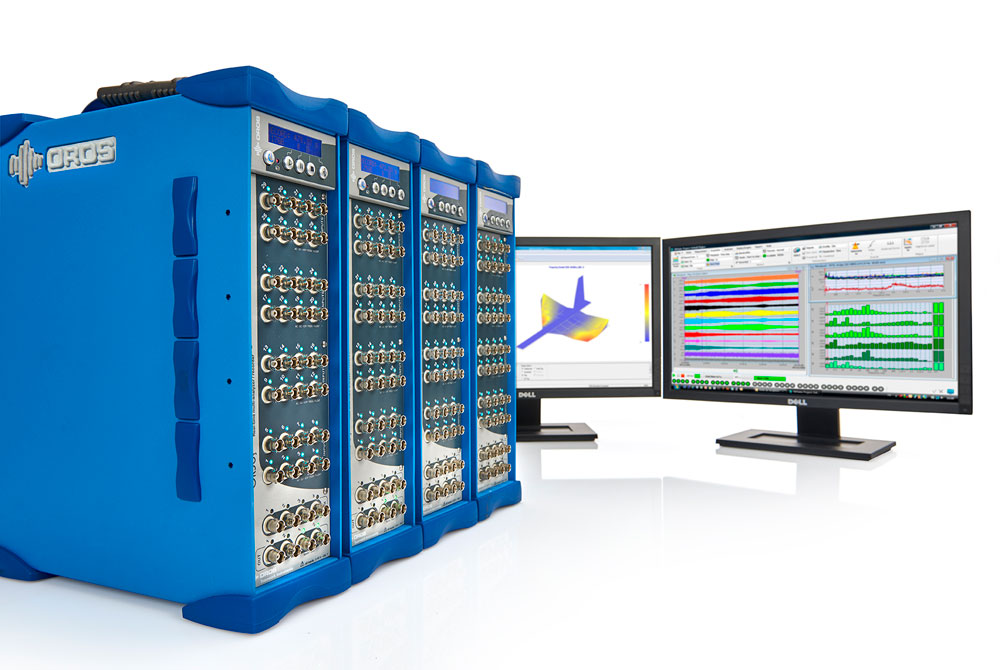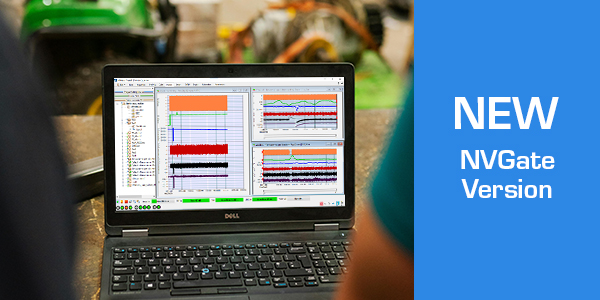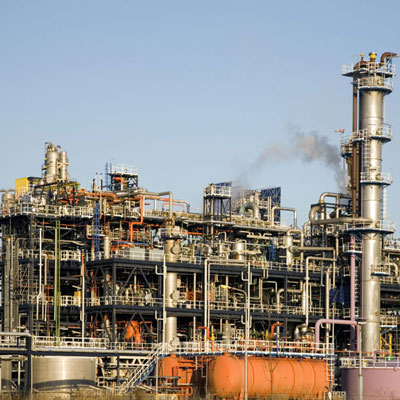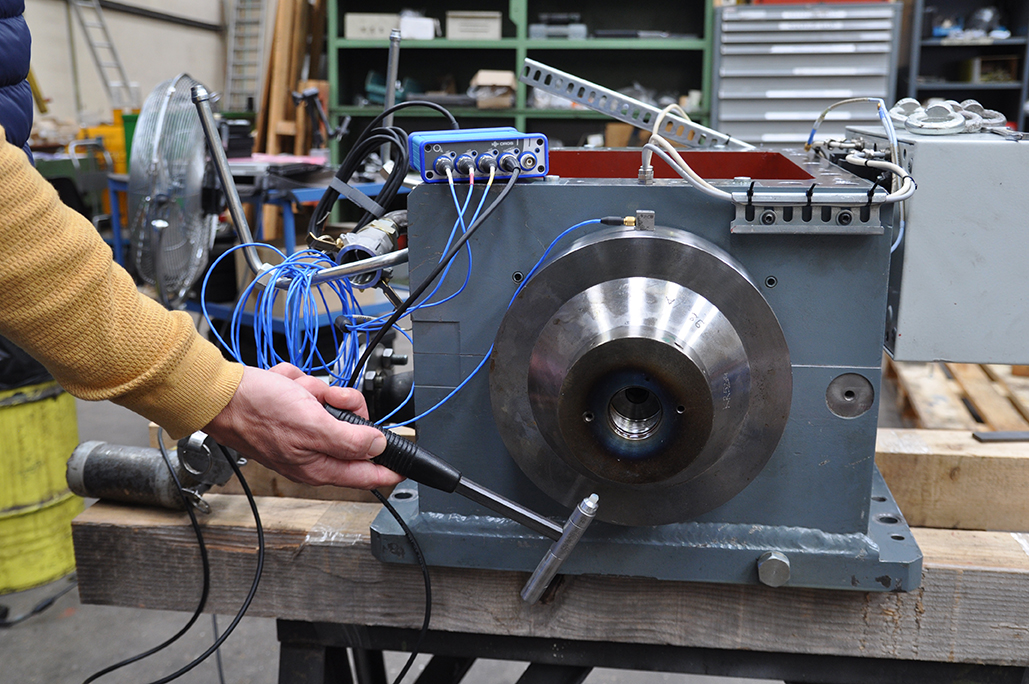
Glossary for noise and vibration testing and analysis applications
Designing and manufacturing testing and analysis instruments and software for any noise and vibration applications, OROS provides its best of expertise to serve your everyday requirements depending on your industry.
Ball bearings in rotating machines generate a specific spectral signature related to their kinematics.
Vibration amplitude is important to evaluate the severity of the phenomenon.
A bump test is a type of vibration test which allows identification of the natural frequencies, or resonances, of the machine under test.
The predictive maintenance is a specific type of condition-based maintenance (CBM).
Dynamic signal analyzer (DSA) is the common name for instruments that measure the frequencies distribution of mechanical signals such as noise, vibrations, stress et chocs generated by machinery’s rotation and their structural dynamics.
According to Fourier theorem, any continuous signal can be decomposed as a sum of sines.
Structural dynamics is a type of structural analysis which finds out the behavior of a physical structure when it is subjected to dynamic loading.
Noise and vibration can be sensed using a variety of sensors. The main transducers are the microphones, the accelerometers and the force cells, which are based on a piezoelectric crystal.
Octaves and 1/n octaves are frequency bands, the width of which increases with the center frequency, to get closer to the human ear perception.
Structural dynamics is a type of structural analysis which finds out the behavior of a physical structure when it is subjected to dynamic loading.
Orbit and shaft centerline analysis
Orbit and shaft centerline analysis is very useful when dealing with rotor vibrations. This analysis is also called rotor–dynamics.
Order analysis, also called order tracking analysis, is a very useful type of analysis whenever dealing with noise and vibration on rotating machines.
Imbalance is probably the most common among the typical rotating machine faults. It is characterized by a higher 1X vibration amplitude than acceptable.
Signal conditioning is a part of the acquisition of sensor’s signals. It is the first treatment of the raw signal to enter the acquisition capability.
Sound power is a quantity that indicates how much a source radiates sound. This quantity cannot be measured directly.
Signal processing is the process of turning the measured signals into useful information reflecting the essence of events of interest by extraction, transformation, synthesis, and display, such that engineers and scientists are able to analyze and optimize signals.
Sound intensity is a vector that quantifies the flow of acoustic energy going through a segment of surface.
The synchronous time averaging is an average technique that rejects the vibrations frequencies which aren’t in phase with the excitation ones.
Torsional vibrations are phenomena that occurs in the angular domain: it consists in rotational speed fluctuations of machine components, leading to shaft break, premature aging, failed acceptance tests and loss of efficiency.
Typical rotating machine faults
A large number of rotating machinery type exist over the industry: whatever it is the Energy, Marine, Aerospace or other industries: from turbomachinery, to motors, generators, and engines.




